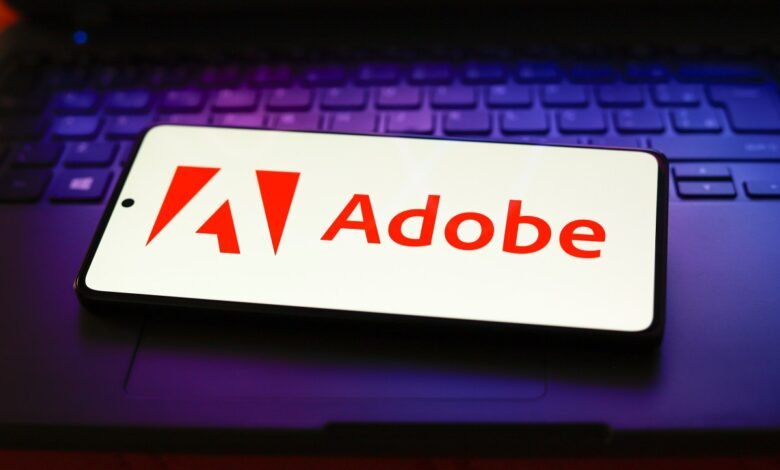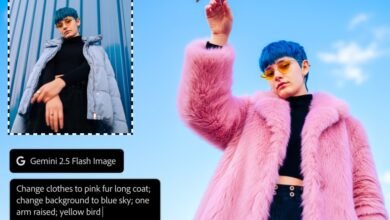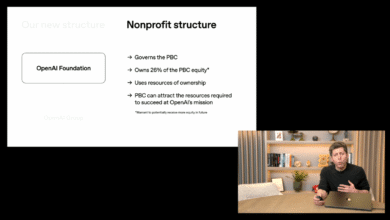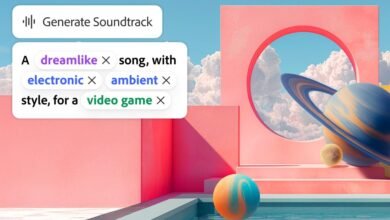Adobe Firefly Image 5 Adds Layers and Custom Model Creation

▼ Summary
– Adobe launched Firefly Image 5, which supports native 4-megapixel resolution and improved human rendering.
– The new model enables layered and prompt-based editing while preserving image details and integrity.
– Adobe is introducing a feature for artists to create custom image models using their own art, currently in closed beta.
– The Firefly website now includes new capabilities like switching between image and video generation and accessing third-party models.
– Adobe added AI-generated soundtracks and speech using ElevenLabs models and redesigned its video editing tool with timeline support.
Adobe has unveiled its newest image generation technology, Firefly Image 5, introducing significant upgrades including higher native resolution, layered editing capabilities, and the ability for artists to build custom models from their own work. This release strengthens Adobe’s position in the AI-driven creative space by offering tools that appeal directly to modern digital artists and content creators.
A major improvement in the Image 5 model is its ability to generate images at a native resolution of up to 4 megapixels. This is a substantial leap from the previous version, which created images at 1 megapixel and then upscaled them. The company also states the new model delivers more realistic and refined renderings of human subjects.
The update introduces a powerful layered and prompt-based editing system. The model intelligently separates different objects into layers, allowing users to modify them through text prompts or with standard tools like resize and rotate. Adobe emphasizes that this process preserves the image’s detail and overall integrity during edits.
Expanding its ecosystem, the Firefly website now integrates more third-party models from leading AI labs such as OpenAI, Google, and Runway. A groundbreaking addition, currently in closed beta, enables users to create personalized image models. By simply dragging and dropping their own assets, like photos, illustrations, or sketches, artists can train a custom model that reflects their unique artistic style.
The Firefly website itself has received several functional enhancements. The prompt box is now a versatile hub, allowing users to toggle between generating images or videos, select their preferred AI model, and adjust aspect ratios. The homepage provides quick access to user files and recent generation history, alongside direct shortcuts to other Adobe applications.
For video creation, Adobe has redesigned its tool to support layers and timeline-based editing, mirroring the functionality found in professional desktop software. This feature is currently available in a private beta and will be released to the wider user base in the future.
New audio capabilities are also part of this expansion. Creators can now use AI prompts to generate complete soundtracks and synthetic speech for their videos, leveraging models from ElevenLabs. To simplify the creative process, a new prompt assistance feature lets users build prompts by selecting keywords from an interactive word cloud.
In a competitive landscape where platforms like Canva are integrating AI, Adobe is focusing on a new generation of creators who seamlessly blend AI into their workflows. The company’s Vice President of Generative AI, Alexandru Costin, described the target audience as “next-generation creative professionals” who are inherently oriented towards using generative AI across all their projects. He noted that Firefly provides the freedom to innovate with new features and interfaces without being constrained by the established workflows of traditional Creative Cloud tools.
(Source: TechCrunch)





